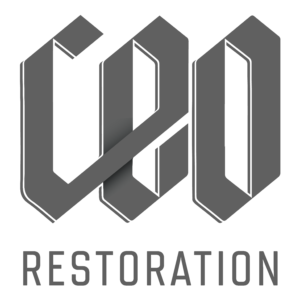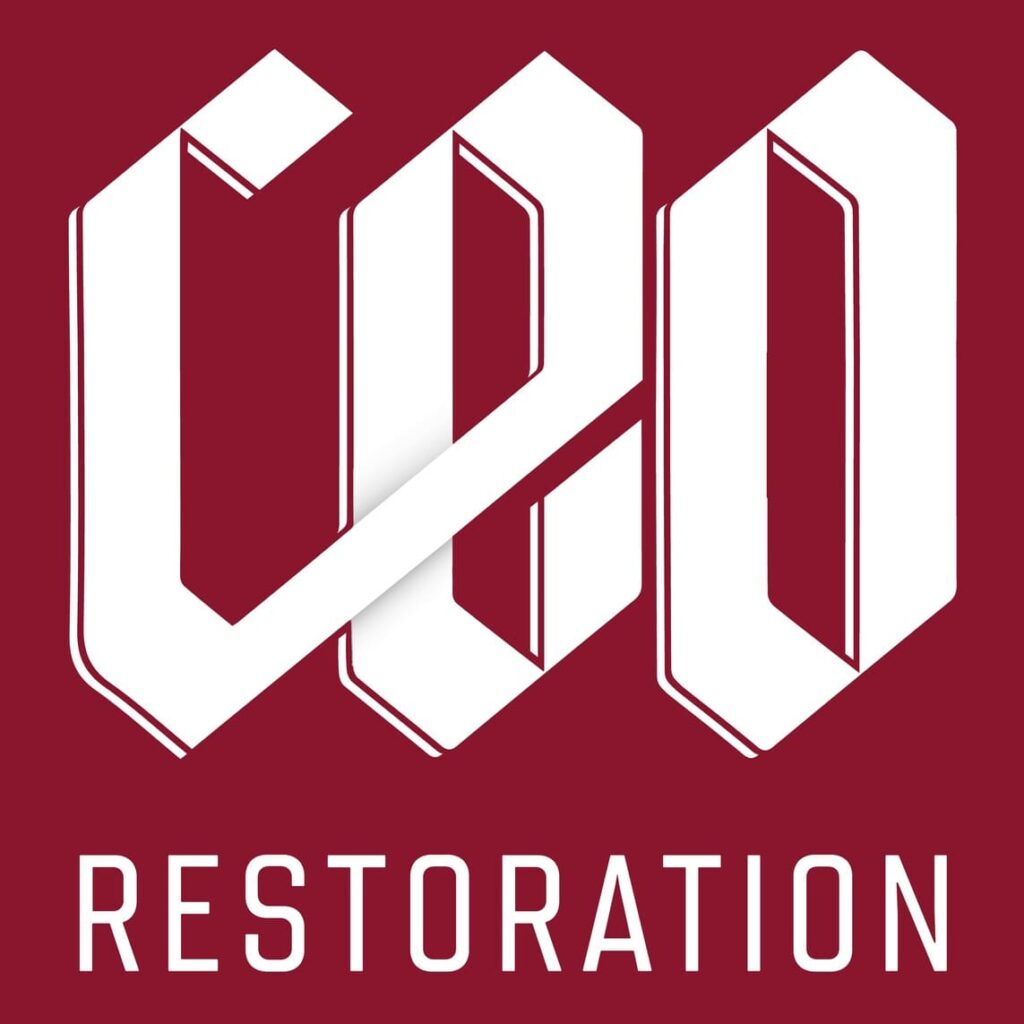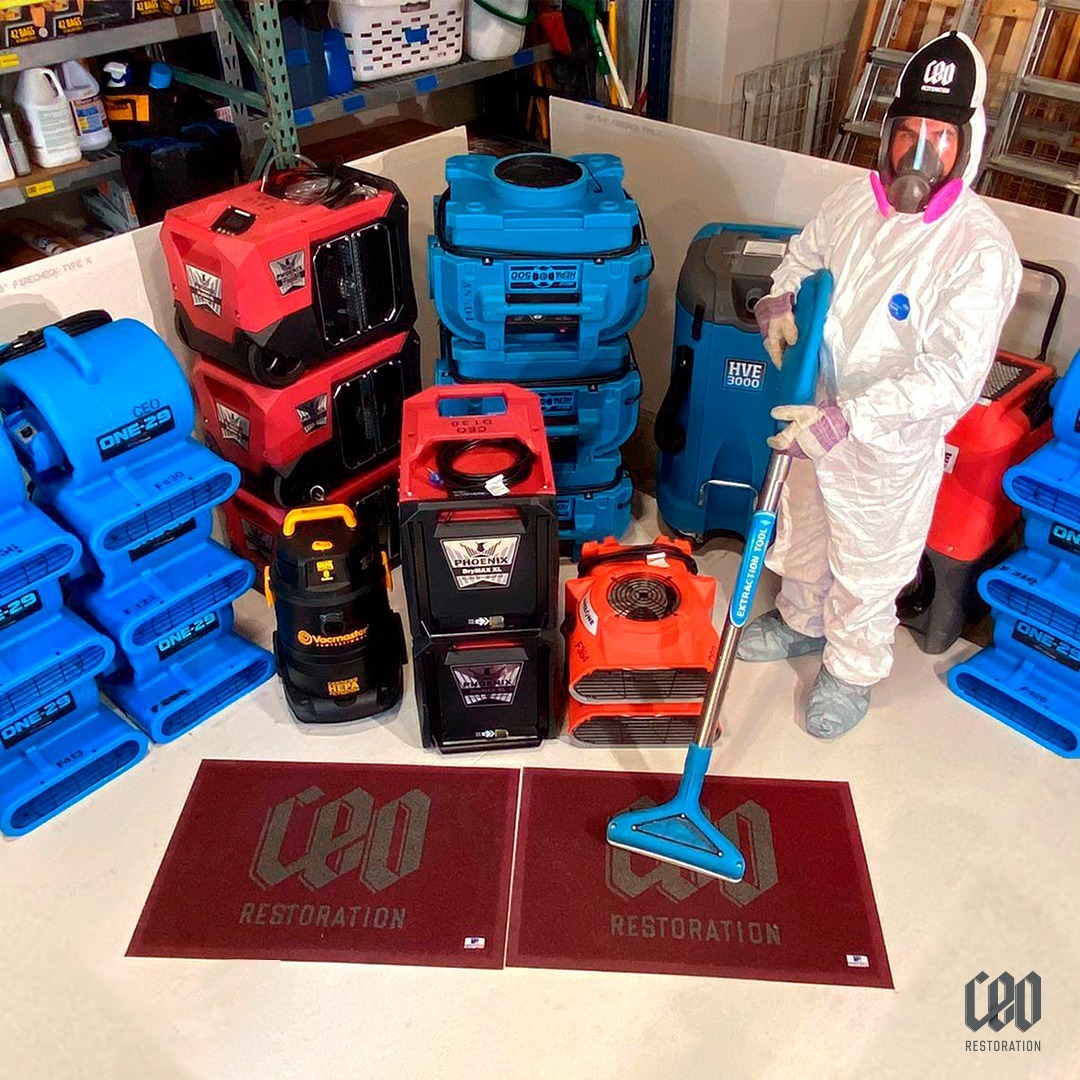Water damage is a common issue that can pose significant problems to a property and its inhabitants. From structural damage to the growth of harmful mold, it’s something that requires immediate attention. But what exactly goes into restoring a property damaged by water? Let’s dive in and explore this process.
Understanding Water Damage: Its Types and Causes
Water damage can stem from various sources such as flooding, leaking pipes, faulty appliances, or severe weather conditions. Depending on the water source, damage can be classified into three categories: clean water, grey water, and black water damage, each escalating in severity and potential health risks.
The Importance of Immediate Action
The longer water damage is left untreated, the more devastating the impact. It’s crucial to act promptly to prevent further damage and potential health risks.
The Steps of Water Damage Restoration Process
Water damage restoration is a multi-step process designed to return a property to its original condition.
Initial Inspection and Damage Assessment
Identifying the Source and Type of Water
The first step in the process is to identify the source of the water and stop it if still active. The type of water is also identified at this stage to determine the appropriate measures for dealing with the damage.
Formulating the Restoration Plan
The next step is formulating a restoration plan based on the type of water, the extent of damage, and the affected materials. This plan will guide all subsequent restoration efforts.
Water Extraction and Drying
Removal and Disposal
Once the plan is in place, water removal begins. High-powered pumps and vacuum units are used to quickly remove hundreds or even thousands of gallons of water from the property. Damaged materials that cannot be restored are identified and safely disposed of.
Drying and Dehumidification
After the water has been extracted, the focus shifts to drying and dehumidifying the area. This process helps prevent mold and mildew growth.
Cleaning, Sanitizing, and Odor Removal
Air Scrubbing and Fogging
Once everything is dry, cleaning and sanitizing begin. Techniques like air scrubbing and thermal fogging are used to remove airborne contaminants and get rid of any lingering odors.
Decontamination and Disinfection
The next step is to decontaminate and disinfect the affected area to ensure that it is free from any potential health risks.
Restoration and Reconstruction
Rebuilding and Restoring
Finally, the property is restored to its pre-damage condition. This step may involve minor repairs, such as replacing drywall, or major ones like rebuilding entire rooms.
Working with Professional Water Damage Restoration Services
The Benefits of Hiring Professionals
Hiring professionals for water damage restoration ensures that the job is done quickly, efficiently, and safely. Professionals have the right tools, training, and experience to handle any water damage situation.
What to Look for in a Water Restoration Company
When hiring a restoration company, look for certifications, experience, availability, and a detailed plan of action. An excellent water restoration company will guide you through the process, ensuring you understand each step.
Conclusion
Understanding the water damage restoration process can help property owners make informed decisions when facing water damage situations. From the initial assessment to the final restoration, each step is crucial in returning a property to its pre-damage condition. Hiring professionals can ensure the job is done right while minimizing further damage and potential health risks.





